Avoiding Second Season Syndrome: Inside Formula E
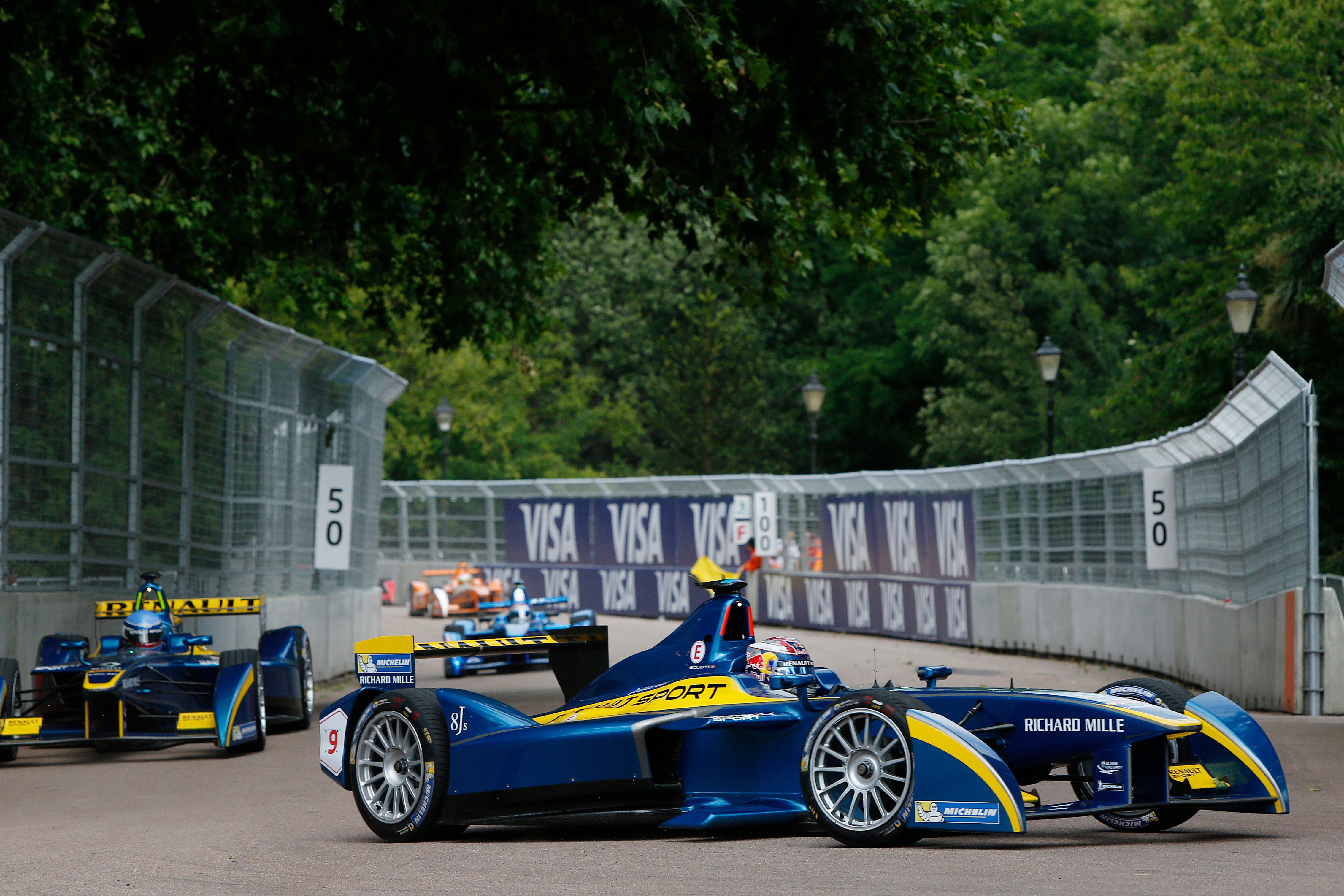
Achieving a successful first year is the primary goal of any startup, and it can seem like you’ve made it, but the hurdles don’t end there.
Insights investigates how motor racing sensation Formula E has set itself up for growth
Blayne Pereira
Starting your own business is hard work. There’s no secret recipe to success. Commitment, market knowledge and funding are all crucial, as is having a clear vision for your product; but none of these guarantee success.
Insights went behind the scenes of the FIA Formula E Championship earlier this summer, as the disruptive new motor racing venture reached the climax of its maiden season in London. We now look at how Formula E has set itself up for year two.
No room for complacency: avoiding Second Season Syndrome
It’s dangerously easy to adopt an attitude of, 'the first year’s the hardest, we’ve survived that, we’re good from here'. In fact, Formula E’s chief executive Alejandro Agag revealed in an end-of-season press conference, the electric championship came close to collapse in Miami earlier this year.
But despite having raised funds and secured its medium-term financial stability, there are no crazy plans for the new season. Sensible consolidation is the watchword..
'Second Season Syndrome' is common in the sports world. A team or player flourishes in their first year in a new team or league, but then takes a step backward in the second. Formula E is no different. As Luke Smith from NBC Sports says, “it’ll be interesting to see the attitude towards Formula E at the start of the second season, with the novelty factor having worn off.”
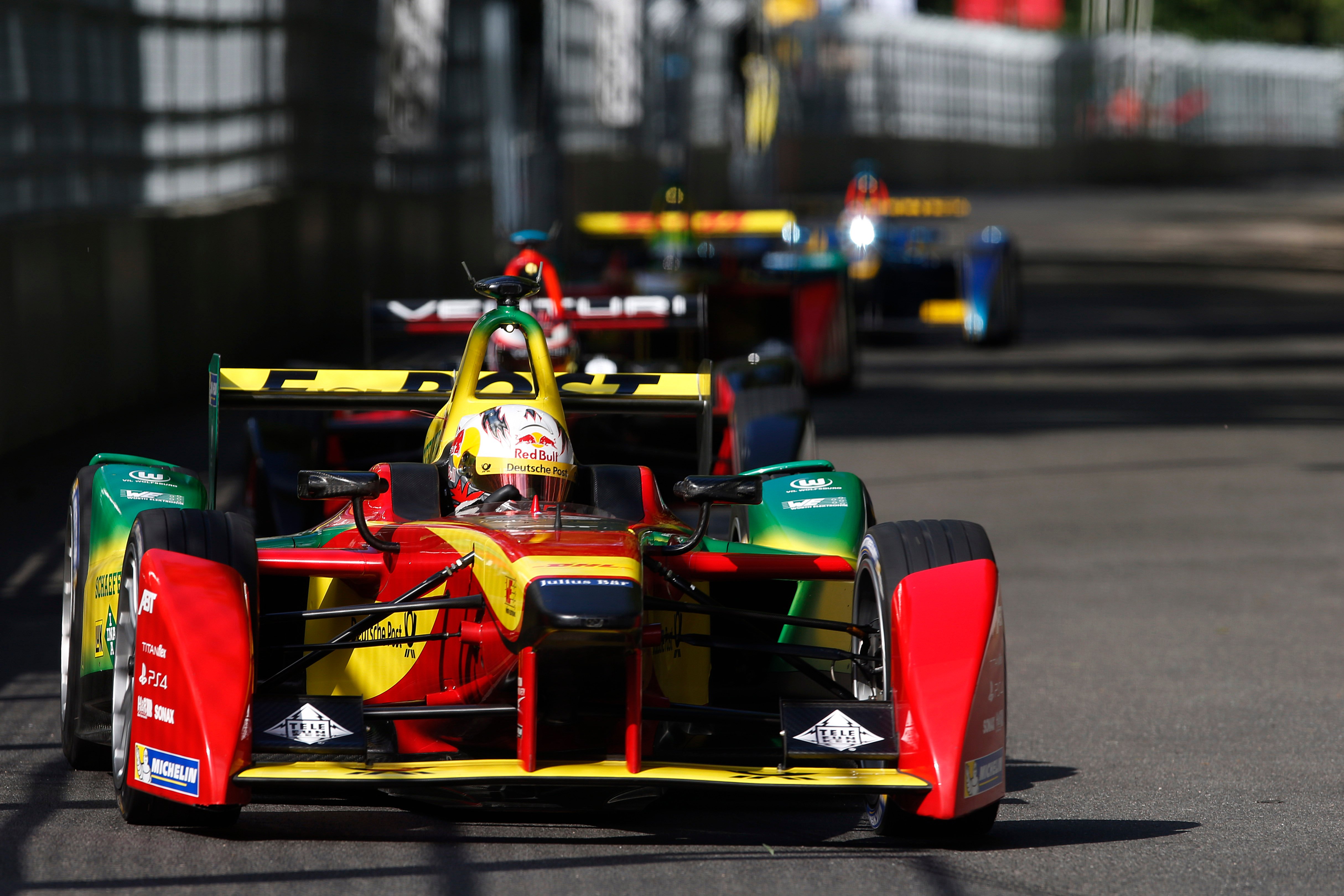
Free trials
In its first year, Formula E built its fan base by offering free tickets to the events in Long Beach and Monaco – two of motorsport’s most historic locations. I attended the latter event as a spectator and a glance at the ticket prices for the Monaco Grand Prix (Formula 1) showed that our same seats would have cost almost €500 for the F1 race.
Many startups adopt the same approach, offering consumers free trials of goods and services. Then you just have to keep the retention rate up. The signs are promising for Formula E: the majority of its ticketed races were sold out and the cost of attending was deliberately and dramatically lower than Formula 1 – as the electric series seeks to undercut its stablemate and introduce motorsport to a younger generation of fans, previously marginalised by extortionate ticket prices.
“The Battersea Park finale was proof that Formula E knows how to put on a great event,” says Nate Saunders, assistant F1 editor at ESPN. “As the on-track spectacle improves, that should correlate with a significant boost in popularity, this coming season and beyond.”
And the clearest signs that Formula E intends to control its growth and keep costs down? Take a look at the calendar for the upcoming season, and Formula E’s commitment to open up the car development gradually – and, indeed, to avoid aerodynamic improvement altogether for the foreseeable future: “We are an electric championship, why on earth do you need aerodynamic development?” asks Luca Colajanni, former head of communications at Formula E.
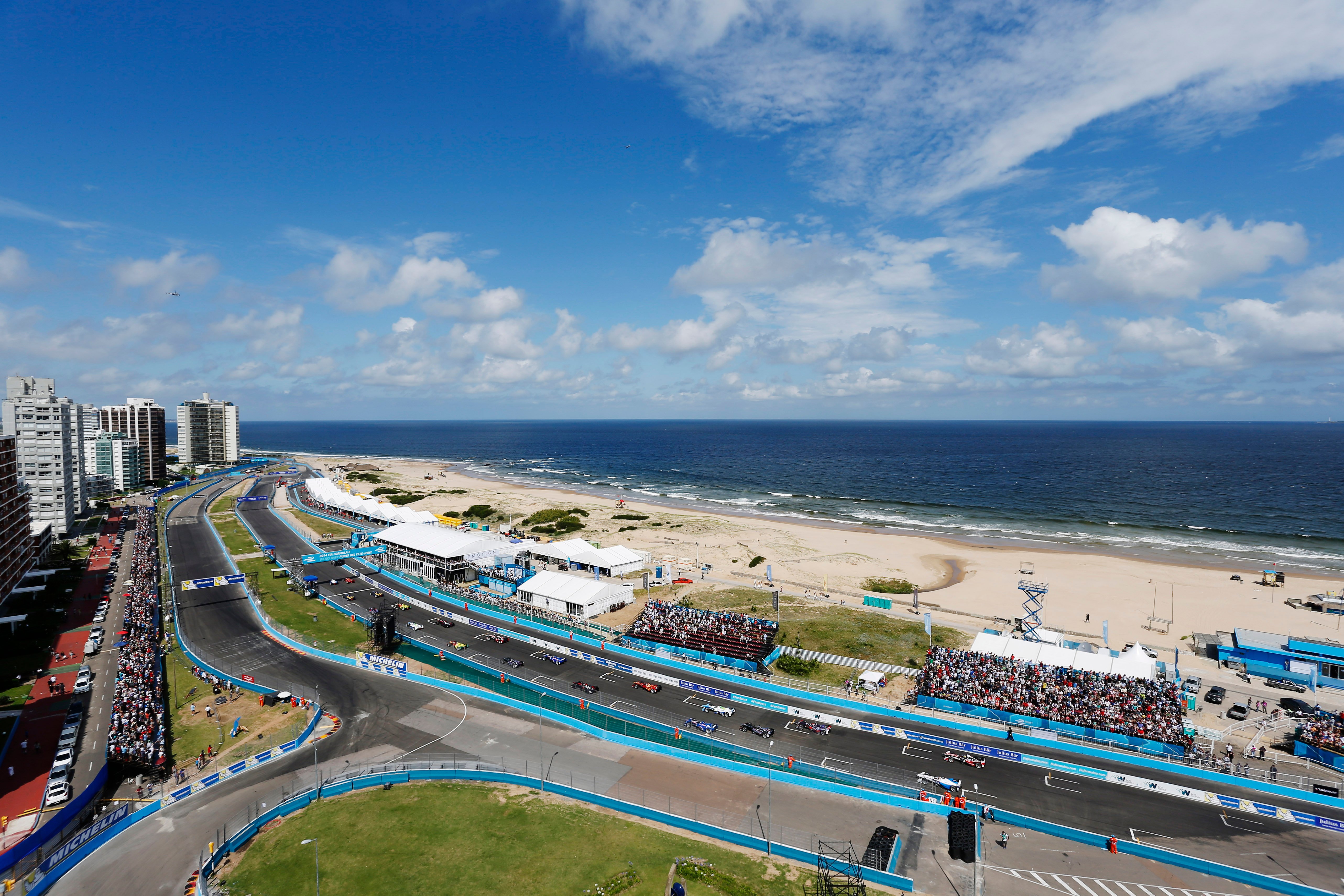
The Calendar Riddle
Ahead of season two, the series faced a dilemma: does it seek to strengthen the relationships made in year one, and keep reinforcing the electric technology message in the same markets, or look to forge new ties in different countries?
It was widely expected that the series would expand its schedule but, despite having a reported 180 cities express interest in hosting a race, Formula E opted for caution and decided to stick with ten events. And there’s very little churn, too, with eight races re-appearing for the upcoming season.
The most notable new addition is Paris. “France is a particularly important move,” says Ross Ringham, editor of Current E. “Formula E now boasts two French carmakers (Renault and Citroën’s DS brand) in addition to several drivers and tyre supplier Michelin; it’s a move that takes Formula E right into the heart of motorsport country, as the first season achieved with London, Long Beach and Monaco. It can only win the sport more attention, more fans and more credibility.”
Ringham also points out that the series is still in talks with the city of Lugano to host a race – a move that would take motorsport back to Switzerland for the first time since 1955.
The Foxes of Fleet Street
The top soundbite of the end-of-season weekend came from Virgin founder and motorsport backer Sir Richard Branson, who said he believes that Formula E would overtake it’s more established counterpart within five years.
But it’s what happened next that most intrigued Insights…
In a rather surreal turn of events immediately after Branson’s Q&A session, Jean Todt – president of the FIA (governing body of both FE and F1) – ominously addressed the assembled press: “The responsibility is on you, the media, to report the right thing.” It was clear that Todt’s comments were aimed at the F1 reporters from British newspapers in attendance.
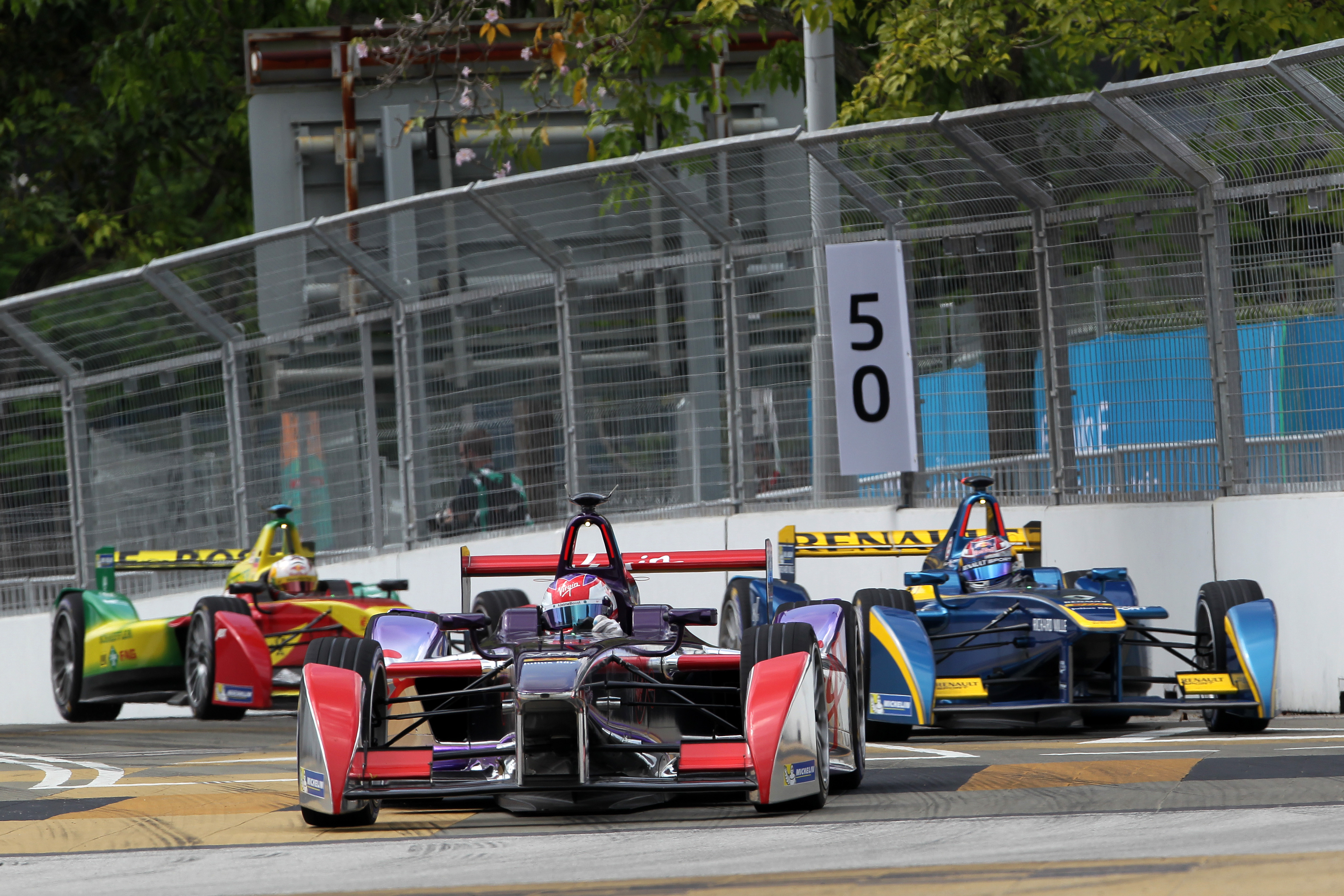
Unlike their Formula E peers – or even online-only F1 journalists – the British print media stuck close to each other all weekend, seldom interacting with others. The impression was that they wanted to pounce on any moment of weakness displayed by Formula E. Their Schadenfreude was unashamed when the organisers had to reconfigure the track on Saturday morning after the first corner was deemed unsafe for the cars.
“Formula E was met with a great deal of scepticism in the F1 paddock,” says ESPN’s Nate Saunders (definitely not part of the Fleet Street brigade). “There was excitement about the forward-thinking nature of the all-electric series but many focused on the negatives – the slow speeds, the mid-race changeover, the lack of noise, etc.”
Keep calm and carry on
New, emerging companies will always unsettle established industry players – regardless of whether they’re seen as competition or not. For startup entrepreneurs, it’s a case of “keep calm and carry on”.
Agag has repeatedly stated that Formula E is not a direct competitor to F1 but that won’t stop people associated with F1 from trying to damage the challenger the newcomer. F1 is notorious for being standoffish and closed-doors – the risk of a much more open, fan-friendly, challenger working won’t sit well with those accustomed to living the high life in the F1 Paddock.
Nurture your strengths and let them flourish
One of Formula E’s main selling points is its commitment to fan engagement, from its innovative yet controversial FanBoost to its eVillage autograph session and fan forums.
FanBoost – where three drivers receive two bursts of extra power each race thanks to an online fan vote – may have been questioned by some drivers who say it’s too artificial, but its immediate future isn’t in doubt. As Colajanni told Insights in June, the presence of FanBoost is part of a greater shift in consumer habits – and Formula E chief executive Agag even mooted the idea of extending the voting period into the first half of the race to spice things up further.
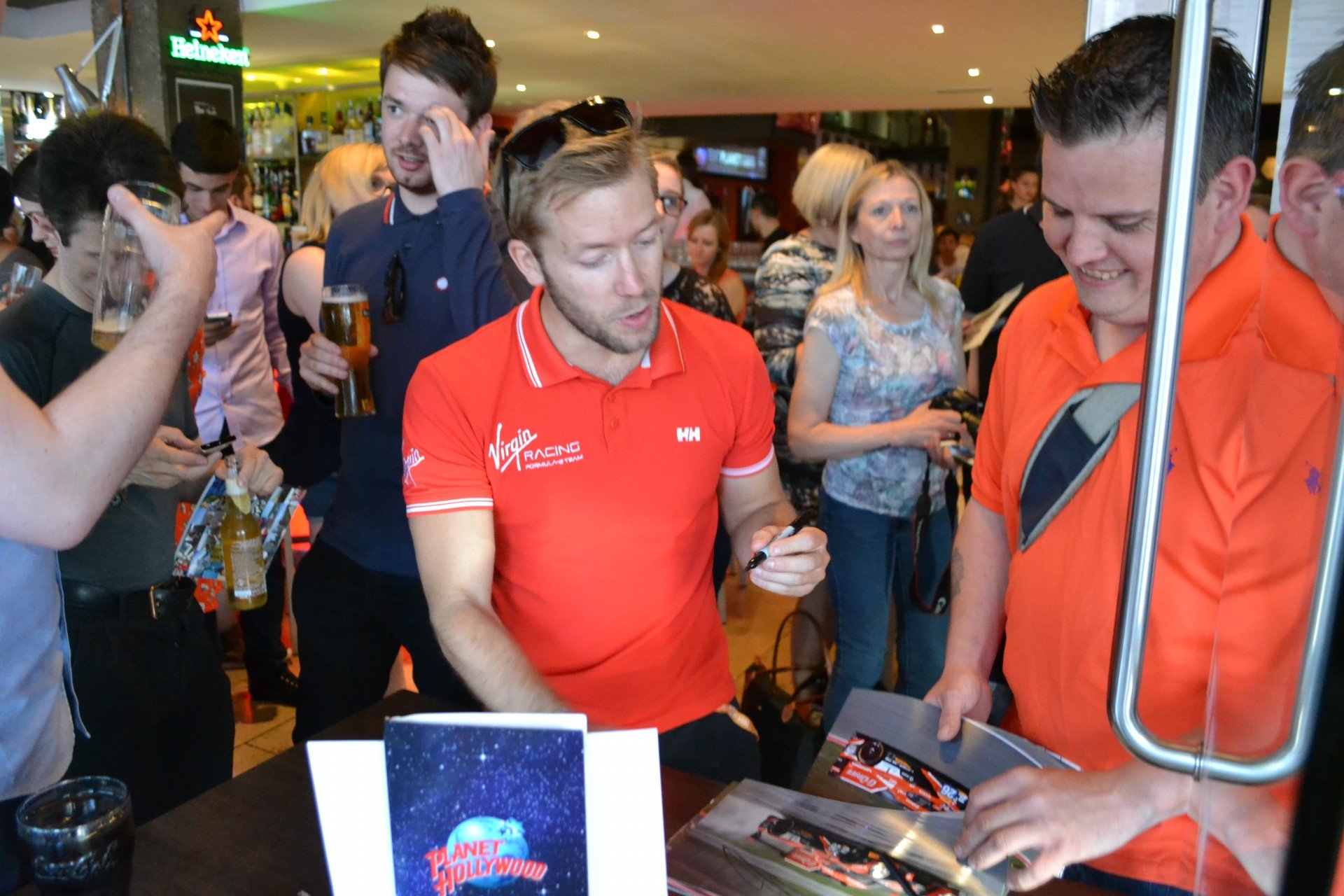
Insights attended the London Fan Forum on the eve of the city’s ePrix. Held in conjunction with OW Advisory, the brainchild of industry expert Oliver Weingarten, it was an opportunity for fans to meet their heroes and get free signed merchandise. The concept is nothing new (Weingarten successfully ran similar occasions in F1), but coupled with Formula E’s more centralised approach to marketing, these will surely become a commonplace feature – and, indeed, branch out into other sports.
Formula E has given itself every opportunity to build on a solid first year but, as NBC Sports’ Luke Smith says, “The big question remains: when FE grows, will it also grow into the same problems as F1?”
Only time will tell.
The second season of Formula E kicks off on October 24, 2015 in Beijing. All 'racing' images courtesy of FIA Formula E Championship; fan forum image courtesy of OWA.
Follow Blayne Pereira and Insights on Twitter.

Press & Media Enquiries
For more information or to request interviews, contact CMI's Press Team on 020 7421 2705 or email press.office@managers.org.uk


